So, the time has come to set up your first weed-growing venture, and you're currently in the research stage. Enjoy it, because once the seeds hit the dirt (or whatever substrate you are growing in), things are bound to get busy.
There are a bunch of decisions to be made, but one of the very first ones is choosing the right type of cannabis strain. By this time, it's probably safe to assume that you've heard about the differences between autoflower and feminised seeds, but you still don't have a clear idea of which one to choose.
Cool, you've landed in the right spot.
Join me as we quickly (but thoroughly) explain everything there is to know. In less than five minutes, you'll be able to make a fully informed decision about whether to grow autos or feminised weed plants.
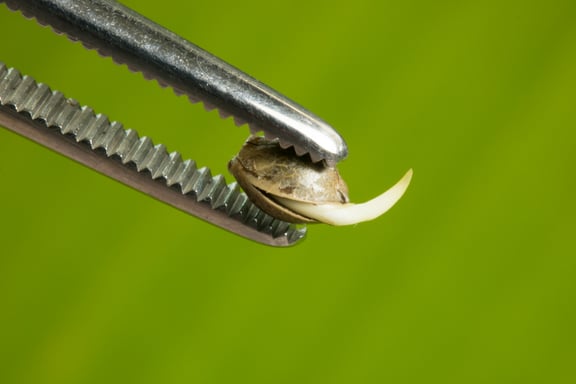
What are feminised seeds?
To keep things brief, I'm not going to go in-depth on plant morphology or anything super complicated in today's write-up. I'm going to give you the basics and focus more on the differences in growth patterns of these two types of cannabis seeds.
Feminised weed seeds (and plants) are just what the label says - that is, seeds that will almost always (about 99% of the time) grow into strong, healthy ladies. And that's what the overwhelming majority of growers are looking for.
Why?
Because it's only the female plants that grow the dank, trichome-covered, cannabinoid and terpene-rich buds.
But there is a little more to the story...
What are autoflowering seeds?
Autoflowering seeds are, again, pretty much what the label states.
Auto seeds are also almost always feminised (Confused? Don't be, I get to the point quickly here), but they also have a very special ability - they transition through their lifecycle no matter the lighting conditions - meaning they automatically start the flowering process without needing any specific light cycle.
You see, 'feminised' seeds, or seeds sold under the feminised banner, are all what we refer to as photoperiod strains.
What are photoperiods?
It's not only Cannabis sativa L. plants that fit under the 'photoperiod' label. A huge number of other plant species, and even some animals, have certain stages of their life cycle that are triggered by changes in lighting conditions - mainly the amount of sunlight a plant receives over the course of a day.
To explain this fully, I need to quickly go over the different stages of a cannabis plant's life cycle.
Germination and seedling stage: Seedlings emerge from their shells, the tap root begins its descent, and the rest of the plant starts its upward climb.
Vegetative phase: As soon as the first set of 'true' leaves appear, the plant is said to have entered the vegetative phase. This is when growth significantly speeds up, and the plant puts on most of its size and structure. All of the plant's energy, so to speak, goes into creating a strong root system and healthy branches.
Pre-flowering stage: During this time, cannabis plants reach sexual maturity and start developing 'pre-flowers'. This is when you, the grower, can confirm the sex of the plant.
Flowering stage: This is the final (and most exciting) stage. During this time, plant growth slows, and all of the energy is focused on producing flowers. This is also when trichome production goes into overdrive, and buds become filled and covered with that sticky resin we are all looking for.
And here's the thing - photoperiod strains need specific lighting conditions to enter the flowering stage, whereas autoflowers don't.
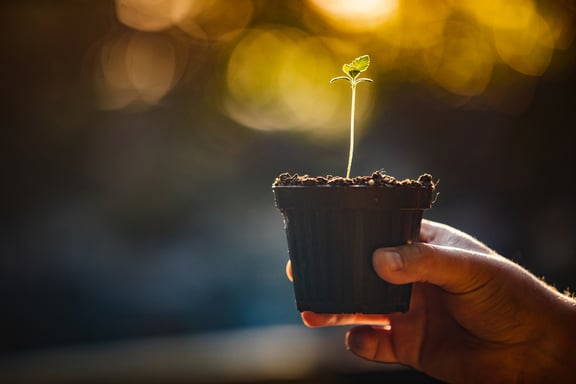
Differences between autoflower and feminised seeds
Structure
Autoflowers are generally smaller in size, with at least slightly smaller final yield numbers. Most autos top out at around 150 cm (5 feet) max.
Photoperiod strains can grow much taller and bigger, and therefore yield more buds. If left to their own devices, some photoperiods will easily reach 3 meters (10 feet) in height.
Light cycle requirements
Autoflowering strains transition from vegetative growth to flower production no matter the light cycle. This usually occurs after 3 to 5 weeks.
Photo strains need a specific light cycle (12 hours of light and 12 hours of darkness) to start flowering. This change is triggered by the amount of sunlight the plant receives, or how many hours of light the grower exposes them to.
Nutrient requirements
Autoflowering strains often require less nutrients compared to photoperiod strains due to their shorter growth cycles.
Photo strains usually like a heavier dose of nutrients, but keep in mind that every strain is different and requires specific care.
Growth schedule timing
Autoflowers have shorter life cycles. Most auto strains go from seed to harvest in 8 to 12 weeks.
Photo strains have longer life cycles. They usually take 16 to 20 weeks from seed to harvest, but the grower can control this by manipulating the lighting conditions.
Yield and potency
Autos have come a long, long way in the past decade. Breeders have worked tirelessly to boost both the potency and yield potential, with new-school autos coming close to photoperiod strains in terms of potency. Yields will usually still be a little lower, but that's to be expected when the plant's life cycle is so short, and they don't get to grow as big.
Photo strains are still the true Queens when it comes to yield and potency. Growers (especially those working indoors) can keep photo strains in vegetative growth for as long as they like (by keeping the light cycle at 18 of light per day). The bigger the plant, the bigger the yield.
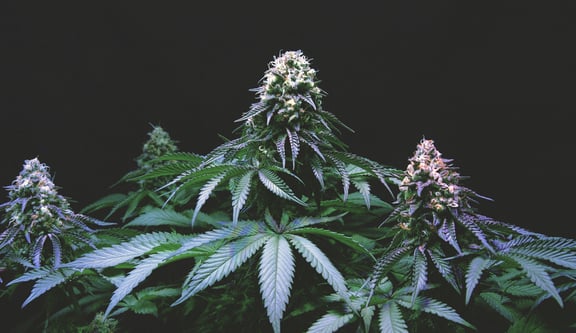
Who are autoflowers best suited to?
Autos are generally seen as being a little easier to grow than photoperiods, but this is a huge generalisation. There are plenty of photoperiod strains that are as easy to grow, and there are still some auto strains out there that do better with an experienced hand at the wheel.
Advantages of autoflowers
Thanks to the resilience of the Cannabis Ruderalis genetics that give autos their autoflowering ability, they are typically a little more robust and resistant to pests and diseases than many photoperiod strains.
Autos can be grown from seed to harvest under any lighting schedule, which means that growers can easily set up a perpetual harvest system under one light. A never ending supply of buds from one room or tent? Sounds great to me.
Autos are also great for outdoor growers who live in colder, more northern climates. They usually have the shortest life cycles of all cannabis strains, so they can be planted earlier and harvested before winter hits.
If you're looking for a discreet grow, autos are usually smaller and easier to hide. This also makes them perfect for those growing in small spaces like cabinets or closets, or if you're looking to set up a guerilla grow somewhere outdoors.
Who are feminised (photoperiod) seeds best suited to?
There's no right answer to this question, as it really depends on the grower and their specific needs. Feminised seeds are great for anyone looking for a larger yield from less plants, but they do take a little more work to grow.
Advantages of feminised (photoperiod) seeds
The very fact that you can keep the plants in vegetative growth for as long as you like might be the biggest advantage of photo strains over autos. Like I mentioned earlier, if a plant has more time to grow, it can produce more bud sites.
Photo strains are also better suited to certain climatic conditions, such as those with longer summers and more sunlight. This is because they can take advantage of the longer daylight hours to grow bigger and stronger before flowering.
Photoperiods offer more control over the plant's growth and flowering stages, which is ideal for certain growing techniques SCROG (screen of green), or heavy stress training techniques like topping and super cropping. While some auto strains can withstand heavy training, their reduced lifecycle leaves little room for error in these techniques.
If you are wanting to experiment with growing techniques or even start your own breeding program, photoperiod strains are the way to go. The ability to control the plant's growth and flowering stages gives you more opportunity to manipulate and select desirable traits.
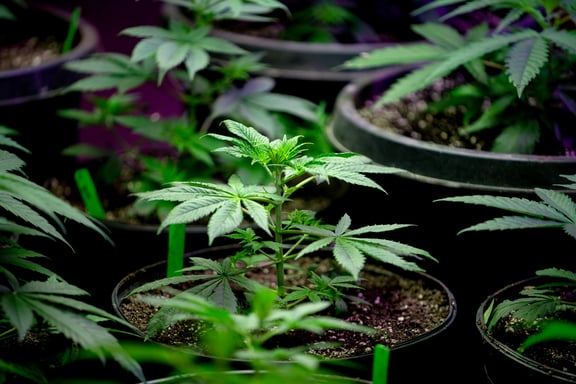
Autoflower vs feminised FAQs
Can you find Indica and Sativa autoflowering strains?
Yes, you can find autoflowering strains that are either Indica or Sativa dominant or as balanced hybrids.
Can you clone autoflowers?
Nope, that's one of the main downsides to growing autos. As they mature so quickly and can't be forced to stay in the vegetative stage, any cutting flower at the same time as the plant it was taken from. This makes cloning autos a bit pointless.
Can you top autoflowers?
You can, but you need to be careful. I only recommend topping autos that you have already grown, and fully understand. Topping takes anywhere from 3 to 10 days to recover from, meaning that the plant will miss out on a chunk of growth (which is not ideal given the short life cycle of autos).
Do autoflowers need darkness?
They don't - autos can be grown under 24 hours of light, but most growers choose to go with 18 to 22 hours of light per day, to give the plants some time to rest.










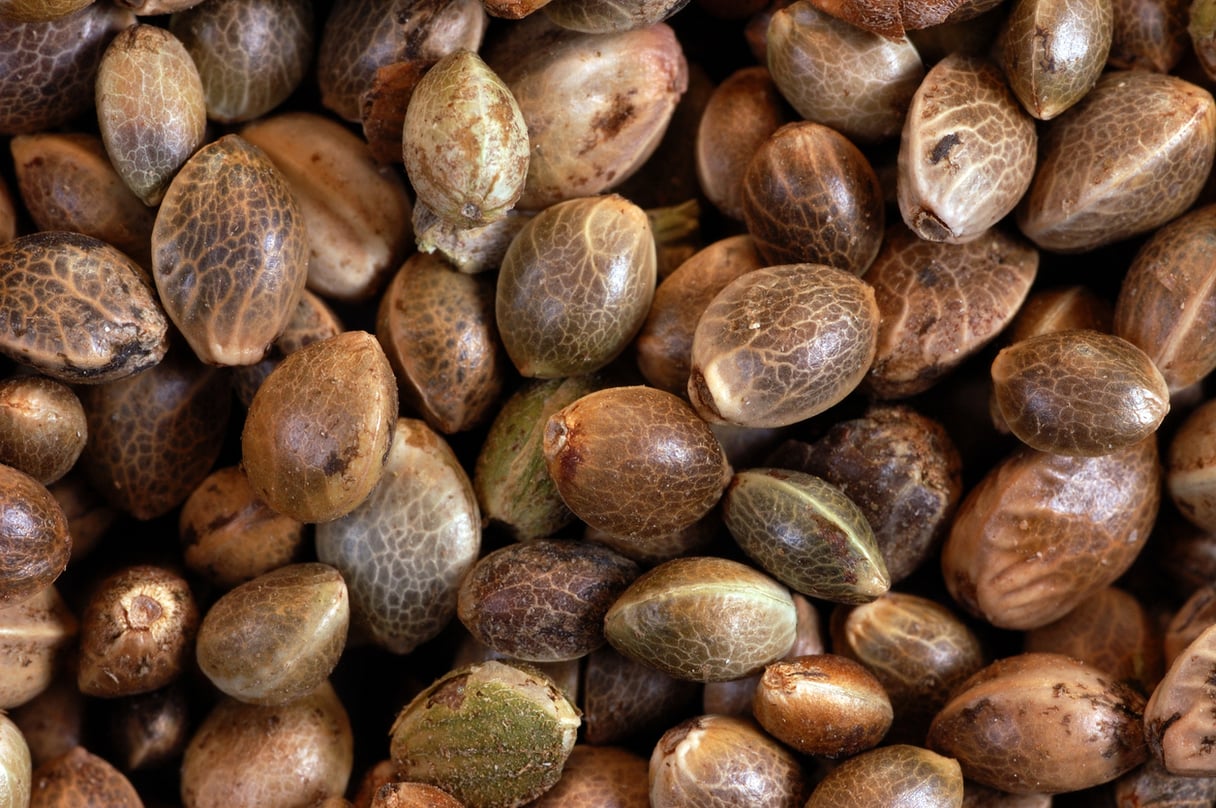

.jpg)